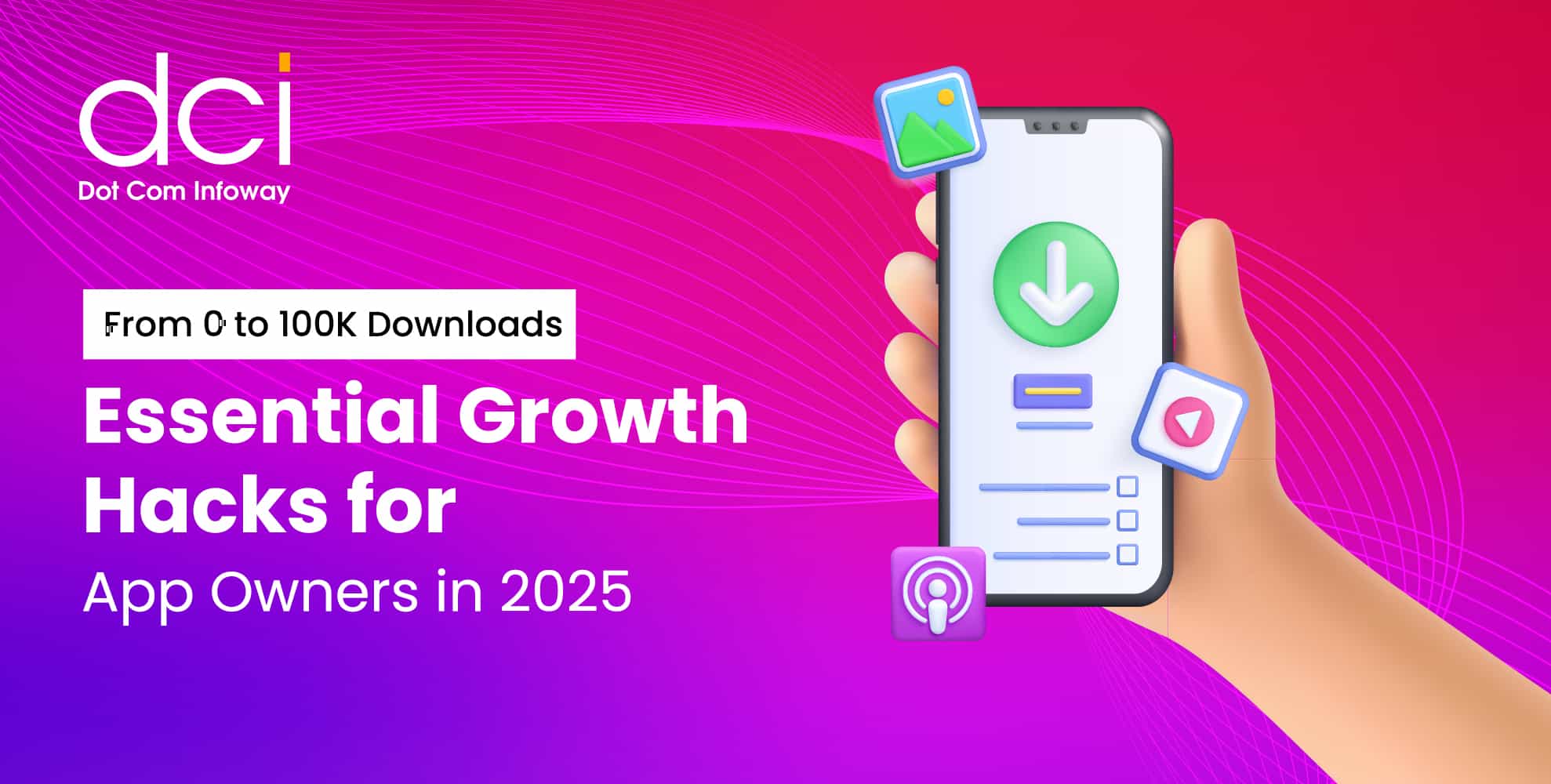Development Best Practices and Coding Standards
The development phase is where the app’s vision comes to life. Adhering to iOS app development best practices ensures a robust, scalable, and maintainable application. This includes architectural choices, coding standards, and leveraging Apple’s powerful frameworks.
Architecture and Coding Standards
Establishing solid coding standards is crucial for long-term maintainability and team collaboration. AltexSoft advises, “Establishing solid coding standards, or adopting the existing ones, such as GitHub Objective-C or Swift guides, helps create an application which is easy to maintain and update.” This consistency allows team members or outside developers to easily read and modify the code. Regarding architecture, while Apple recommends Model-View-Controller (MVC), many engineers combine it with Model-View-ViewModel (MVVM) for better results, offering improved separation of concerns and testability. For example, a complex e-commerce app might benefit from MVVM to manage data flow and UI logic more effectively.
Leveraging Apple Frameworks and Tools
Effective iOS app development solutions involve maximizing Apple’s rich ecosystem of frameworks and tools. This includes using Swift for modern, safe, and fast development, Xcode as the primary IDE, and frameworks like SwiftUI for declarative UI, Core Data for persistence, and Core ML for on-device machine learning. Cloud-based Mac environments, such as Rentamac, are becoming a strategic advantage, enabling scalable, CI-ready builds and compliance with Xcode/SDK changes. Developers should also be proficient in tools like Instruments for performance tuning and memory management with ARC (Automatic Reference Counting), as highlighted by Hire App Developer.
What are essential development considerations?
- Language Choice: Prioritize Swift for new projects due to its modern features and performance benefits.
- Architectural Pattern: Choose an appropriate architecture (e.g., MVC, MVVM, VIPER) that supports scalability, testability, and maintainability for your app’s complexity.
- UI/UX Design: Adhere to Apple’s Human Interface Guidelines (HIG) to ensure a native, intuitive, and consistent user experience.
- Performance Optimization: Regularly profile your app using Xcode Instruments to identify and resolve performance bottlenecks, memory leaks, and excessive battery consumption.
- Security Implementation: Implement robust security measures, including data encryption, secure API communication, and protection against common vulnerabilities.
Rigorous Testing and Quality Assurance
Thorough testing is non-negotiable for a successful iOS app launch. It ensures stability, performance, security, and a seamless user experience across various devices and iOS versions. This section outlines critical testing phases and focuses.
Comprehensive Testing Phases
A multi-faceted testing approach is vital. This includes unit tests for individual code components, integration tests for module interactions, and UI tests to verify the user interface’s functionality and responsiveness. Aalpha Information Systems emphasizes that security testing must cover code injections, cryptographic failures, and data security. Usability testing should ensure accessibility, ease of use, and design consistency across devices, while compatibility testing verifies functionality on different iOS versions and devices. For instance, testing on both an older iPhone model running an earlier iOS version and the latest device with the newest OS is crucial.
Performance, Security, and Usability Testing
Beyond functional correctness, performance, security, and usability are critical. Performance testing involves evaluating the app’s responsiveness, load times, and resource consumption under various conditions, including low battery or poor network connectivity. Security testing identifies vulnerabilities that could expose user data or compromise the app’s integrity. Usability testing, often involving real users, helps uncover design flaws or confusing workflows. InfiCare Technologies highlights the importance of “timely bug fixes, updated use of Objective-C and Swift, and content clarity” to improve user retention, underscoring the impact of quality on user satisfaction.







![The Game Marketing Guide: Pre and Post-Launch Strategies [Infographic]](https://www.dotcominfoway.com/wp-content/uploads/2023/09/DCI-Game-Marketing-blog-1.jpg)















